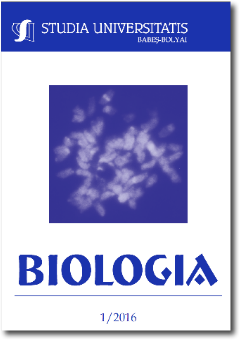Cryopreservation of Ornamental Plants
Abstract
The commercial production of ornamental species and varieties is constantly growing and becoming an important part of the economy. New cultivars with horticultural and economic value are produced every year replacing the existing assortments. Over the years several cryopreservation methods have been performed as the only viable procedures for the long-term conservation of vegetatively propagated plant genetic resources. Despite of the growing number of ornamental species cryopreserved in various countries, a large-scale routine application of cryopreservation for long-term germplasm storage in genebanks is still limited. Different cryopreservation methods have been implemented for some vegetatively propagated ornamental species like chrysanthemum (Chrysanthemum morifolium L.), carnation (Dianthus caryophyllus L.) and roses (Rosa x hybrida). Chrysanthemum shoot tips were cryopreserved by controlled-rate freezing (highest regrowth after preculture in 0.5 M sucrose and 0.25°C/min cooling rate), encapsulation-dehydration (regeneration after preculture in 0.5 M or 0.75 M sucrose and 4-5 h dehydration in laminar flow cabinet), DMSO-droplet freezing (maximum shoot regrowth after 2 h incubation in 7% DMSO) and droplet-vitrification (highest regrowth after 5 min dehydration in PVS2 100% or 15 min dehydration in PVS2 60%). Droplet-vitrification of carnation and rose cultivars lead to high regeneration after 20-25 min PVS2 dehydration (according to cultivar) while cryopreservation by encapsulation-vitrification of carnation shoot tips after 24 h sucrose (0.5 M) preculture and dehydration at 0°C was the most effective in achieving high rates of regeneration. Although, many cryopreservation studies have been developed to minimize freezing damage and to enhance regrowth, the genetic stability of conserved material still remains a major concern.
Downloads
Published
How to Cite
Issue
Section
License
Copyright (c) 2016 Studia Universitatis Babeș-Bolyai Biologia

This work is licensed under a Creative Commons Attribution-NonCommercial-NoDerivatives 4.0 International License.





